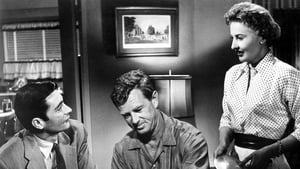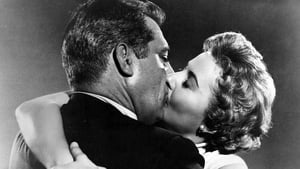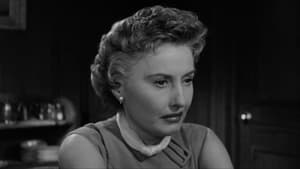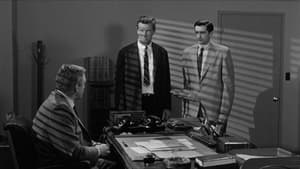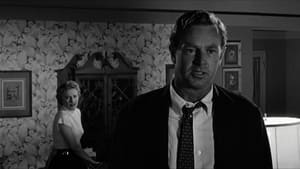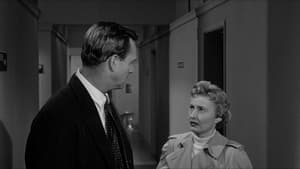Contact: [email protected]
Video Sources 0 Views
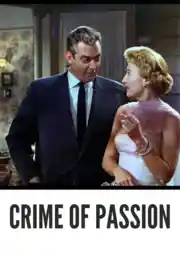
Synopsis
[ez-toc]




Introduction
In the vast realm of old movies, certain gems emerge as timeless classics that transcend the boundaries of time. One such cinematic masterpiece is “Crime of Passion, Colorized” a 1956 film that continues to captivate audiences with its gripping narrative of love, betrayal, and the dark recesses of the human soul. As we embark on a journey to explore the intricacies of this film noir classic, we unravel why “Crime of Passion Colorized” remains a compelling watch even in the modern era. Through the lens of colorization, a controversial yet transformative process, this 1956 relic is brought to life for a contemporary audience, breathing new vibrancy into its narrative.
Read Media File Transfer Agreement: Terms and Conditions
Read FAQ
Briefing on Film Noir
Before delving into the heart of “Crime of Passion Colorized,” it’s crucial to grasp the essence of the film noir genre. Originating in the 1940s and 1950s, film noir is characterized by its dark and moody visual style, often portraying crime, moral ambiguity, and cynical protagonists. This genre became synonymous with shadowy cinematography, intricate plots, and morally complex characters, creating a distinctive atmosphere that left an indelible mark on the world of cinema.
Colorization, a contentious process of adding color to black-and-white films, has sparked debates among cinephiles. However, in the case of “Crime of Passion Colorized,” it serves as a bridge between eras, inviting new audiences to appreciate the nuances of a bygone cinematic age.
The Making of Crime of Passion Colorized
Directed by Gerd Oswald, “Crime of Passion Colorized” boasts a stellar cast, including the legendary Barbara Stanwyck, Sterling Hayden, and Raymond Burr. Oswald’s directorial finesse, coupled with the compelling performances of the cast, played a pivotal role in the film’s success and its enduring legacy.
Barbara Stanwyck, celebrated for her versatility, breathes life into the character of Kathy Ferguson Doyle. Sterling Hayden complements her with a poignant portrayal of Bill Doyle, a police detective ensnared in the web of love and betrayal. Raymond Burr, known for his iconic role in “Perry Mason,” adds an extra layer of depth to the narrative with his compelling performance.
The chemistry among the cast members, guided by Oswald’s vision, elevates “Crime of Passion Colorized” beyond a mere crime drama. Their performances lay the foundation for a riveting exploration of the human psyche and the consequences of desires left unchecked.
A Closer Look at the Plot
Set against the urban landscapes of San Francisco, Los Angeles, and New York City, “Crime of Passion Colorized” takes us on a journey through the facade of suburban life. The seemingly idyllic exterior masks the complexities brewing beneath the surface. As the plot unfolds, we witness the entanglement of lives and the unraveling of dark secrets.
Examining suburban life as a catalyst for betrayal, the film challenges societal norms of the time. Kathy Ferguson Doyle, our protagonist, finds herself entwined in a web of deceit as she navigates the claustrophobic confines of her seemingly perfect suburban existence. The juxtaposition of picturesque neighborhoods and the sinister underbelly of infidelity creates a tension that keeps audiences on the edge of their seats.
The Characters and Their Motivations
At the heart of “Crime of Passion Colorized” lies Kathy Ferguson Doyle, a desperate housewife seeking fulfillment beyond societal expectations. Her motivations, driven by a desire for both personal and professional advancement, lead her down a treacherous path of infidelity and manipulation.
The femme fatale archetype is brilliantly embodied by Stanwyck’s Kathy, who skillfully manipulates those around her. The film delves into the complexities of her character, challenging traditional gender roles and presenting a nuanced portrayal of a woman navigating a world dominated by men.
Opposite Kathy is Bill Doyle, a dedicated police detective torn between duty and personal relationships. The film masterfully explores the temptations and dilemmas faced by Bill, adding layers of moral ambiguity to the narrative. As the characters’ motivations collide, “Crime of Passion Colorized” becomes a gripping study of human nature.
Unraveling the Dark Secrets: Betrayal and Murder in Crime of Passion Colorized
The film takes a dark turn as infidelity and betrayal culminate in a murder investigation. Kathy’s involvement in the web of infidelity becomes a catalyst for deadly consequences. The intricate plot weaves a tapestry of twists and turns, keeping the audience guessing until the final frame.
The murder investigation serves as a gripping backdrop, adding an extra layer of intrigue to the narrative. As the plot thickens, the film transforms into a psychological thriller, exploring the depths of human depravity and the consequences of crossing moral boundaries.
The Visual Aesthetic of Noir: Cinematography and Colorization
“Crimen of Passion” is a visual feast for fans of film noir. The cinematography captures the essence of the genre, with its play of shadows, stark contrasts, and moody atmospheres. The black-and-white original version, a hallmark of classic noir, establishes a timeless aesthetic.
However, the controversial colorization process adds a new dimension to the viewing experience. The colorized version breathes life into the film, making it more accessible to modern audiences. While purists may debate the merits of colorization, it undeniably introduces a fresh perspective, allowing a new generation to appreciate the visual nuances of the film.
From Release to Reappraisal: The Journey of Crime of Passion Colorized
Upon its release in 1956, “Crime of Passion Colorized” received mixed reviews. Some critics praised its exploration of societal norms and the performances of the cast, while others were skeptical of its departure from traditional noir conventions. However, over the years, the film has undergone a re-evaluation, with contemporary critics acknowledging its significance in the broader context of film noir.
The initial reception versus the contemporary critique highlights the evolving nature of cinematic appreciation. “Crime of Passion Colorized” stands as a testament to the resilience of certain films, which, despite initial skepticism, find a place of reverence in the annals of cinema.
Should You Watch Crime of Passion Colorized Today?
In conclusion, “Crime of Passion” is a must-watch for cinephiles seeking a journey into the complexities of human nature. The film’s enduring significance, coupled with the visual allure of film noir, makes it a timeless classic. Whether you choose to experience the original black-and-white version or embrace the controversial colorized rendition, the narrative remains as gripping as ever.
The themes of love, betrayal, and moral ambiguity explored in “Crime of Passion Colorized” resonate across generations. It serves as a bridge between the past and the present, inviting contemporary audiences to delve into the intricate storytelling of old movies. As a film reviewer and editor, I wholeheartedly recommend “Crime of Passion” for its timeless narrative, exceptional performances, and its role in shaping the legacy of film noir.
In the ever-evolving landscape of cinema, “Crime of Passion” stands as a testament to the enduring power of storytelling. So, dim the lights, immerse yourself in the shadows of noir, and let the tale of love and betrayal unfold on your screen. “Crime of Passion” is not merely a relic of the past but a cinematic journey that transcends time, inviting you to explore the intricacies of the human condition through the lens of a bygone era.
